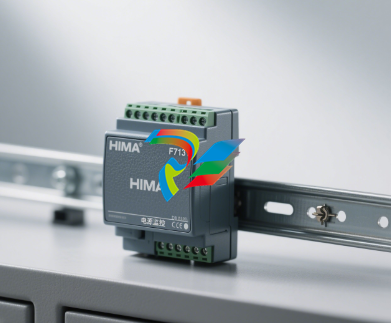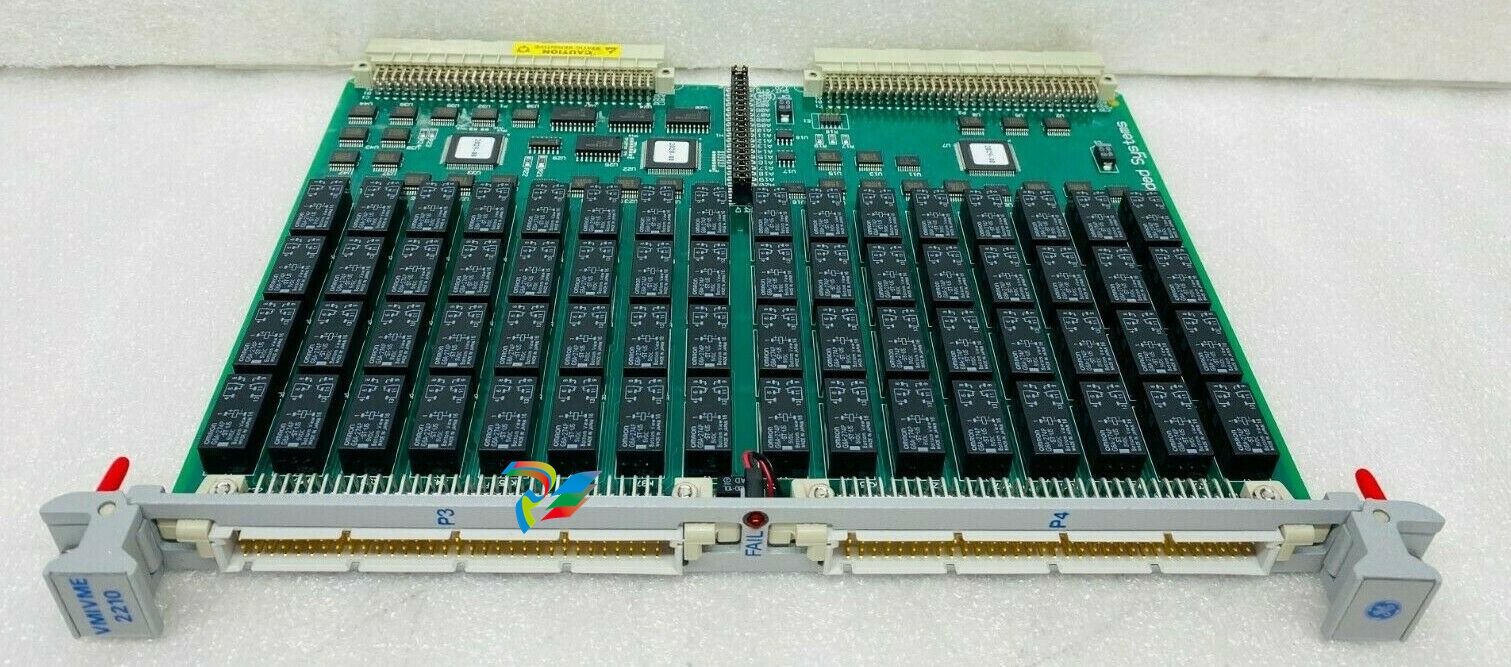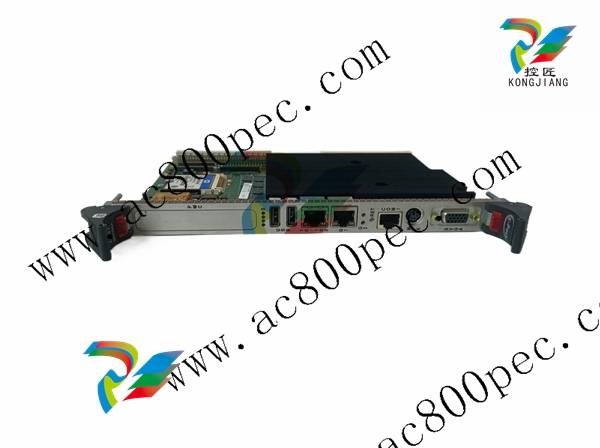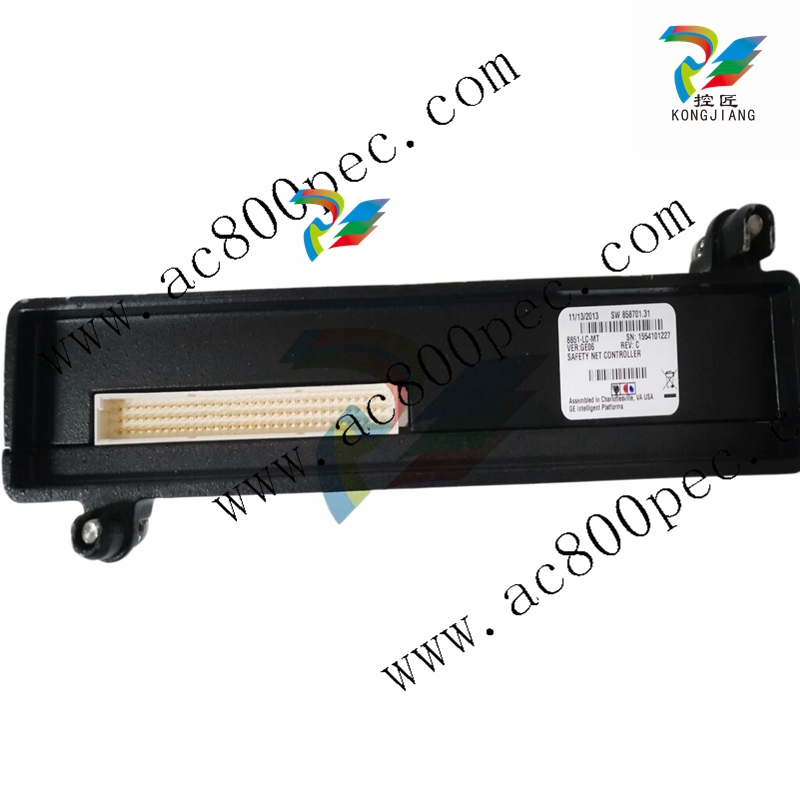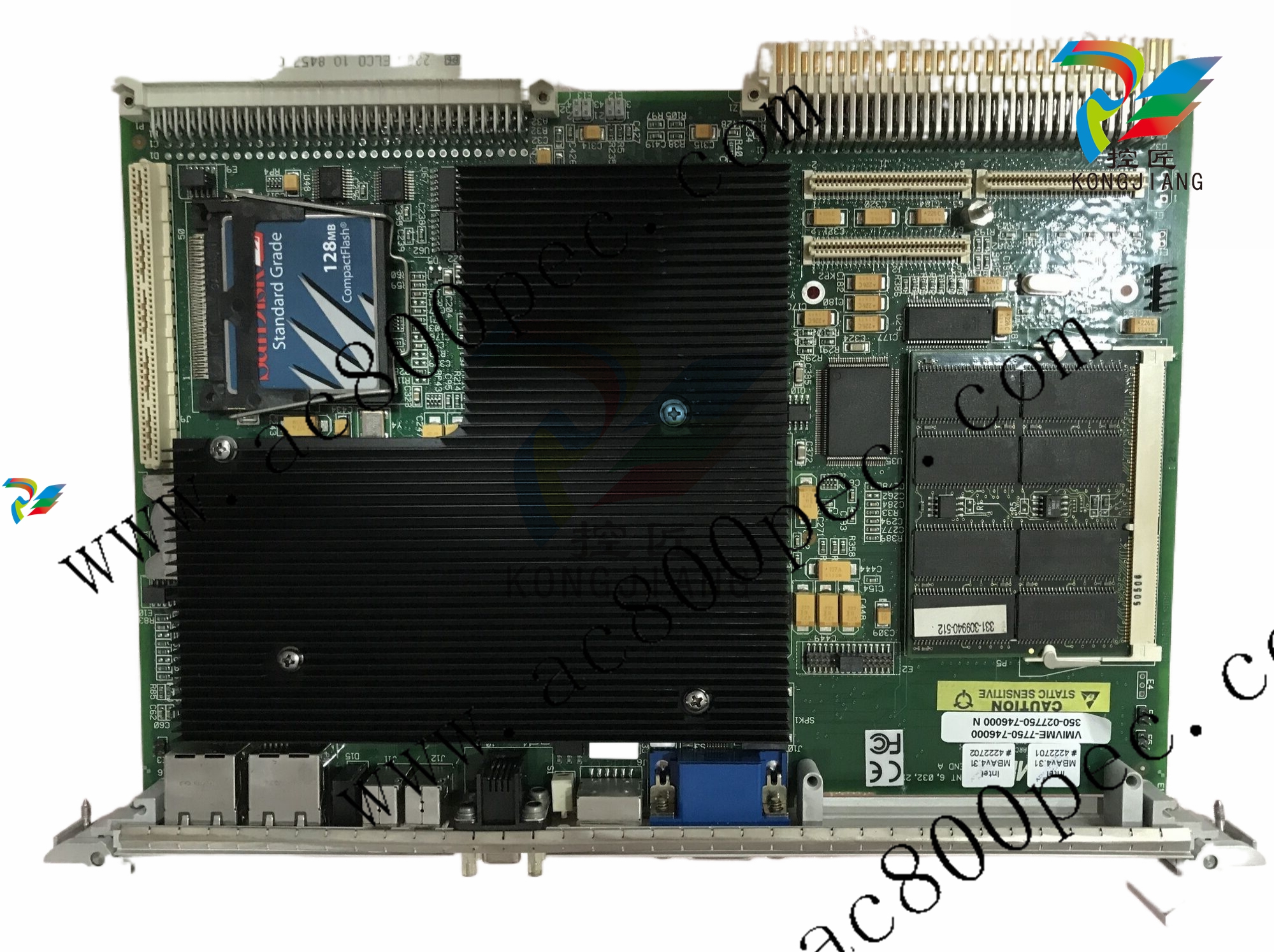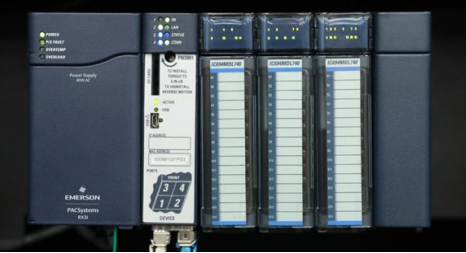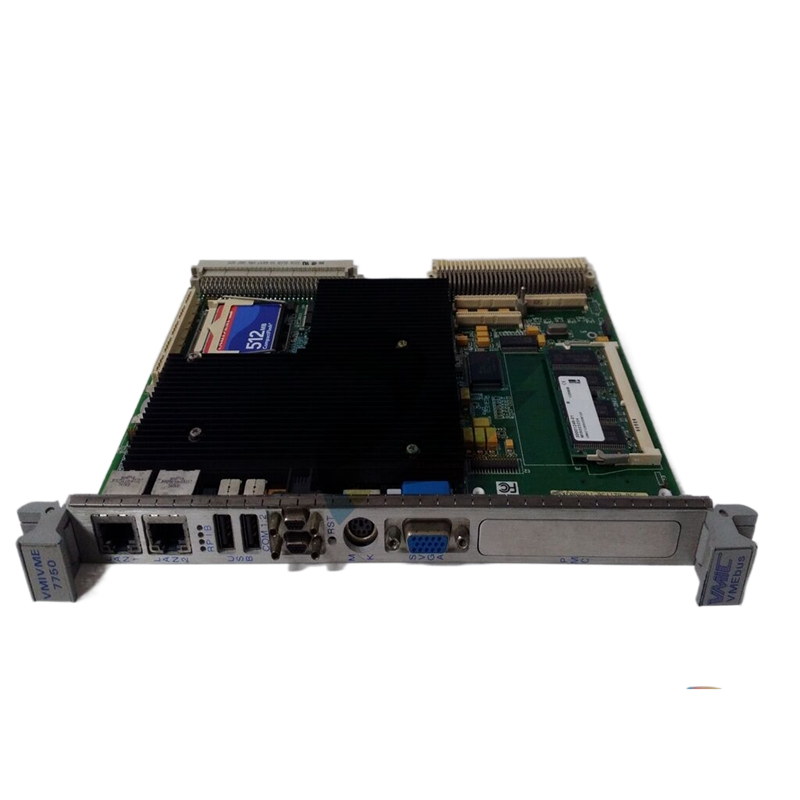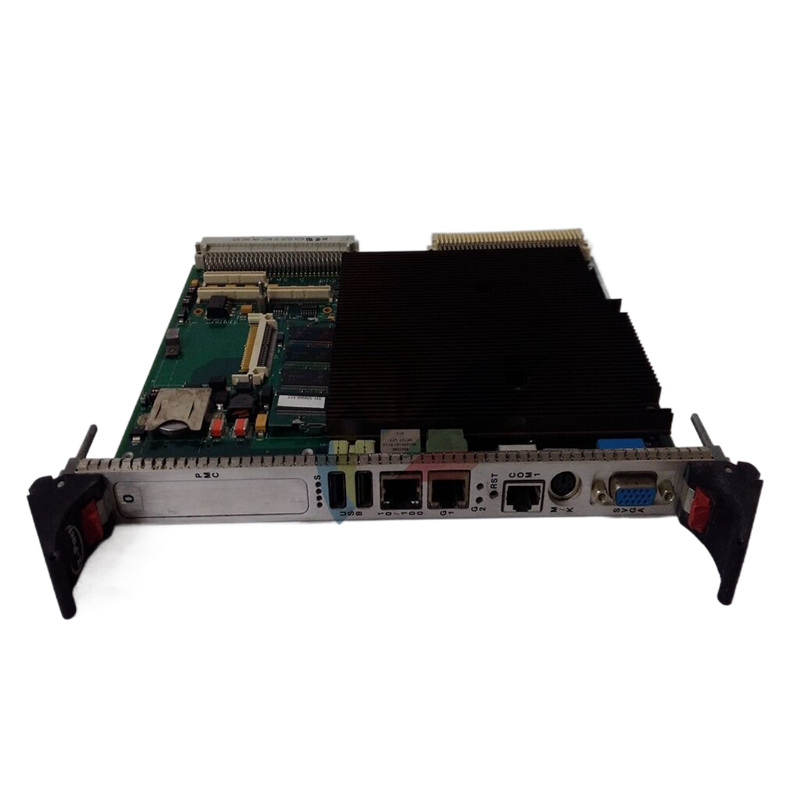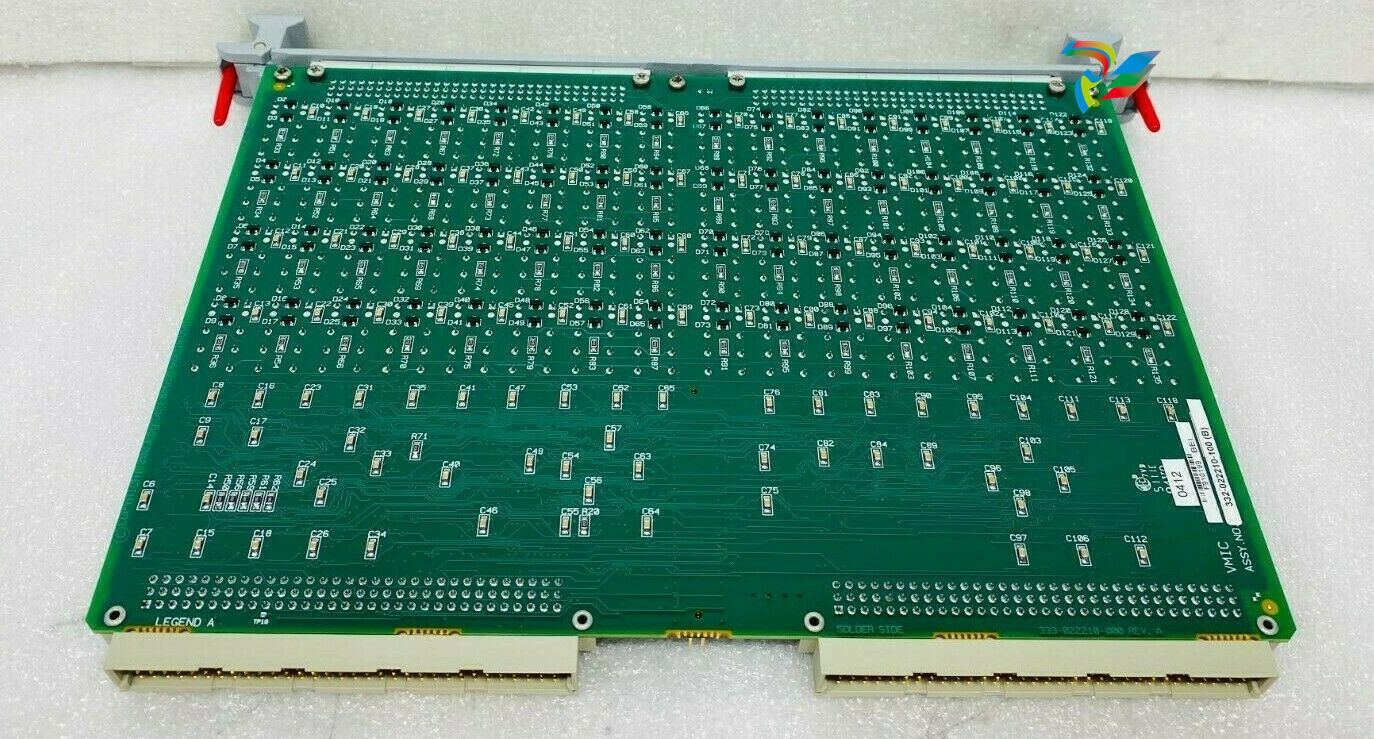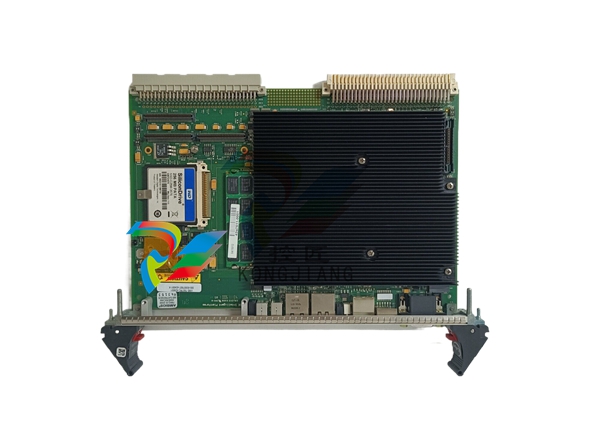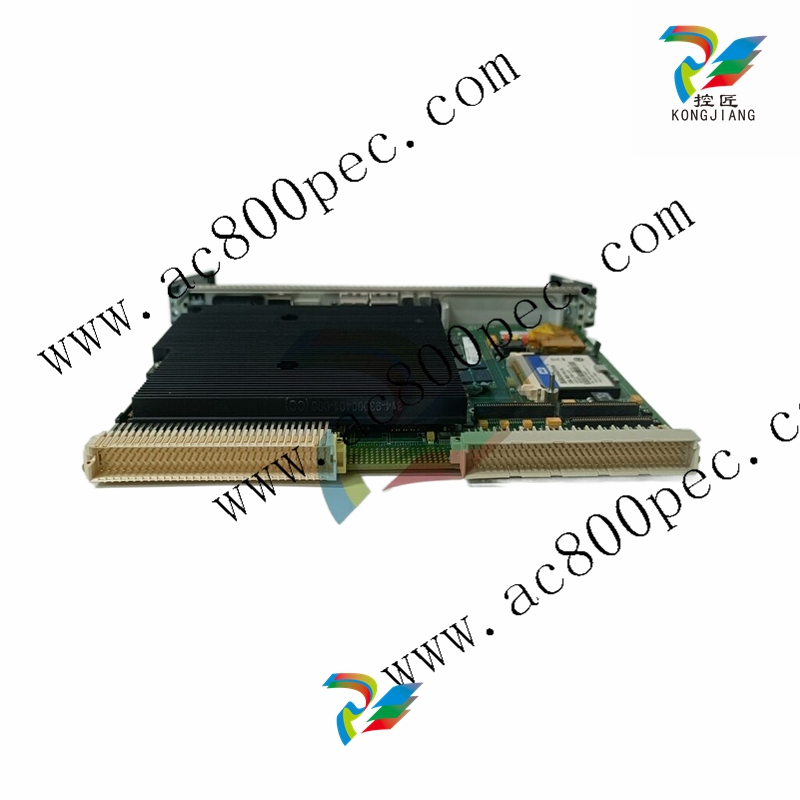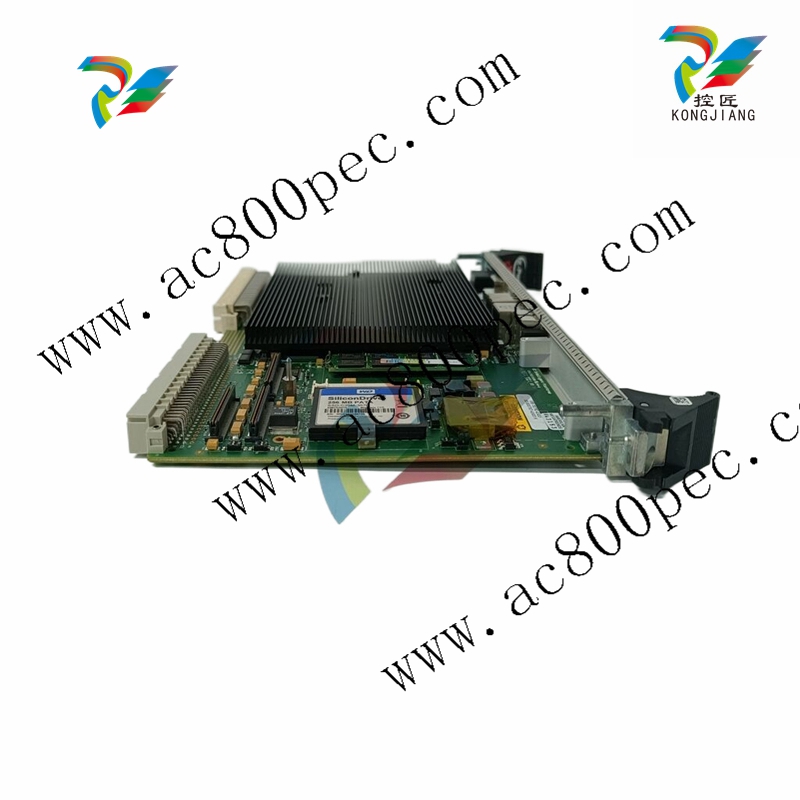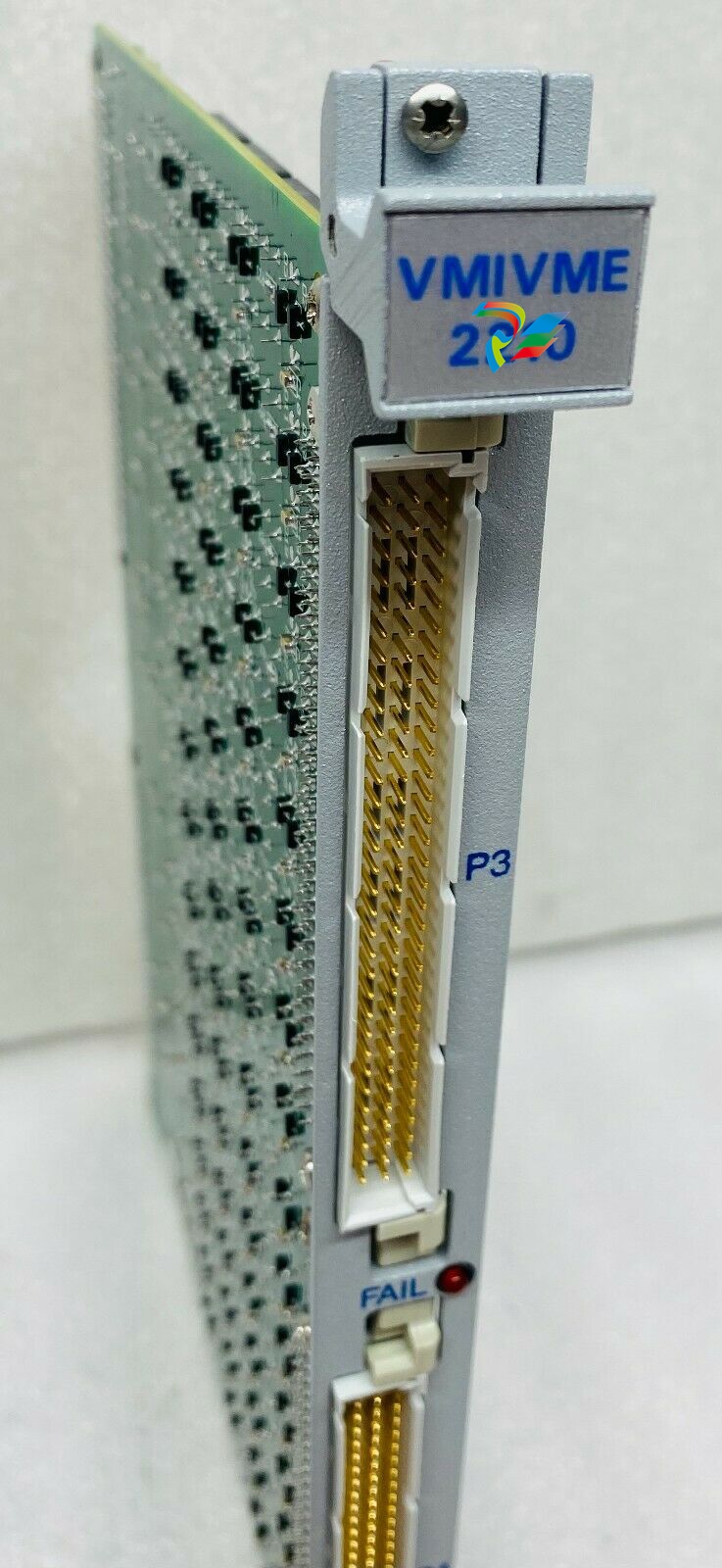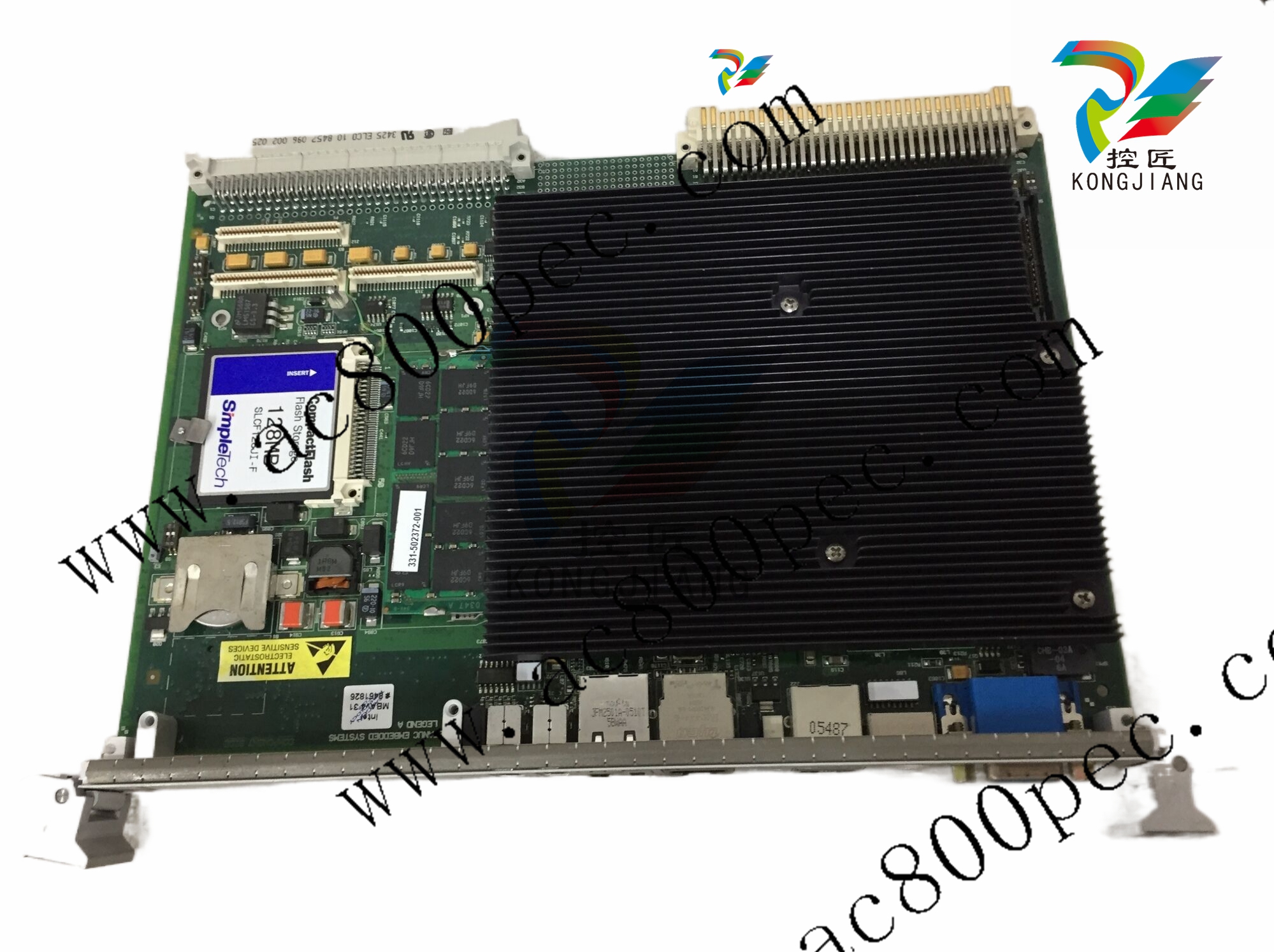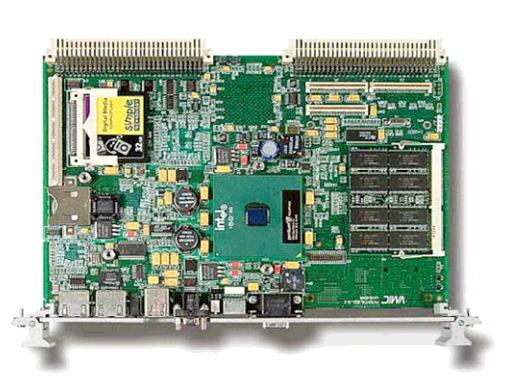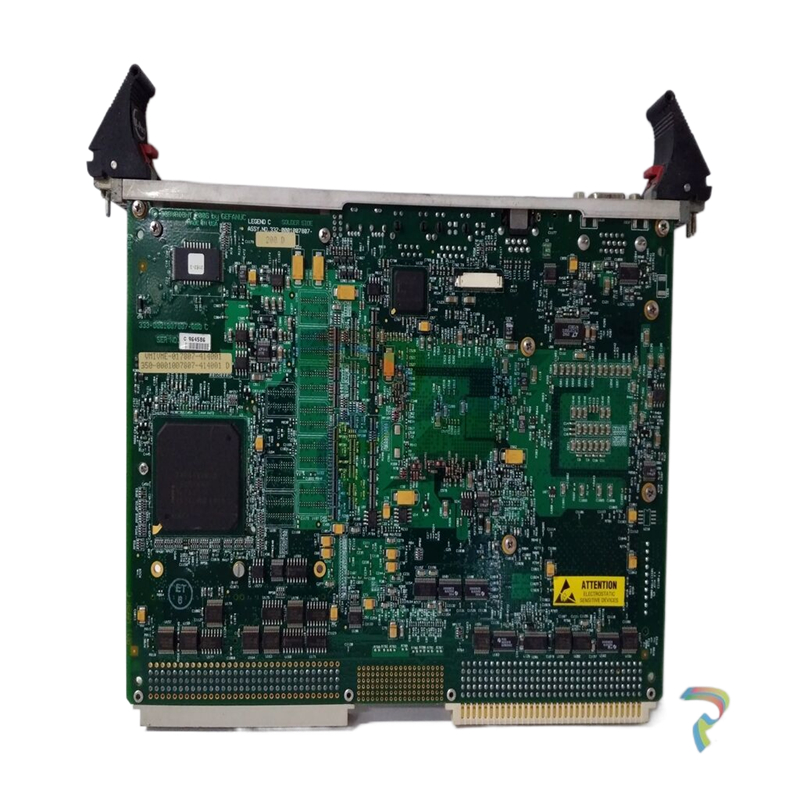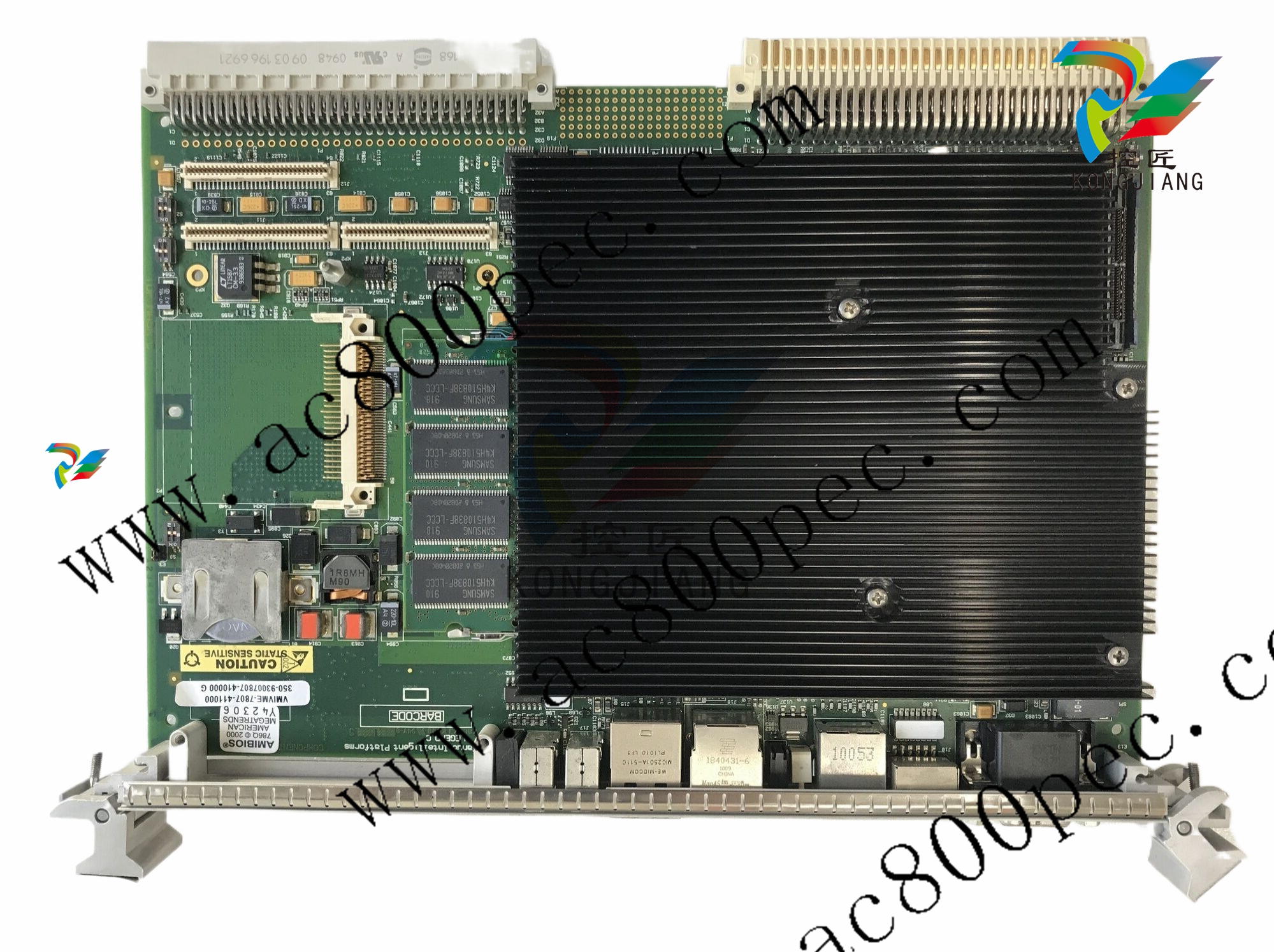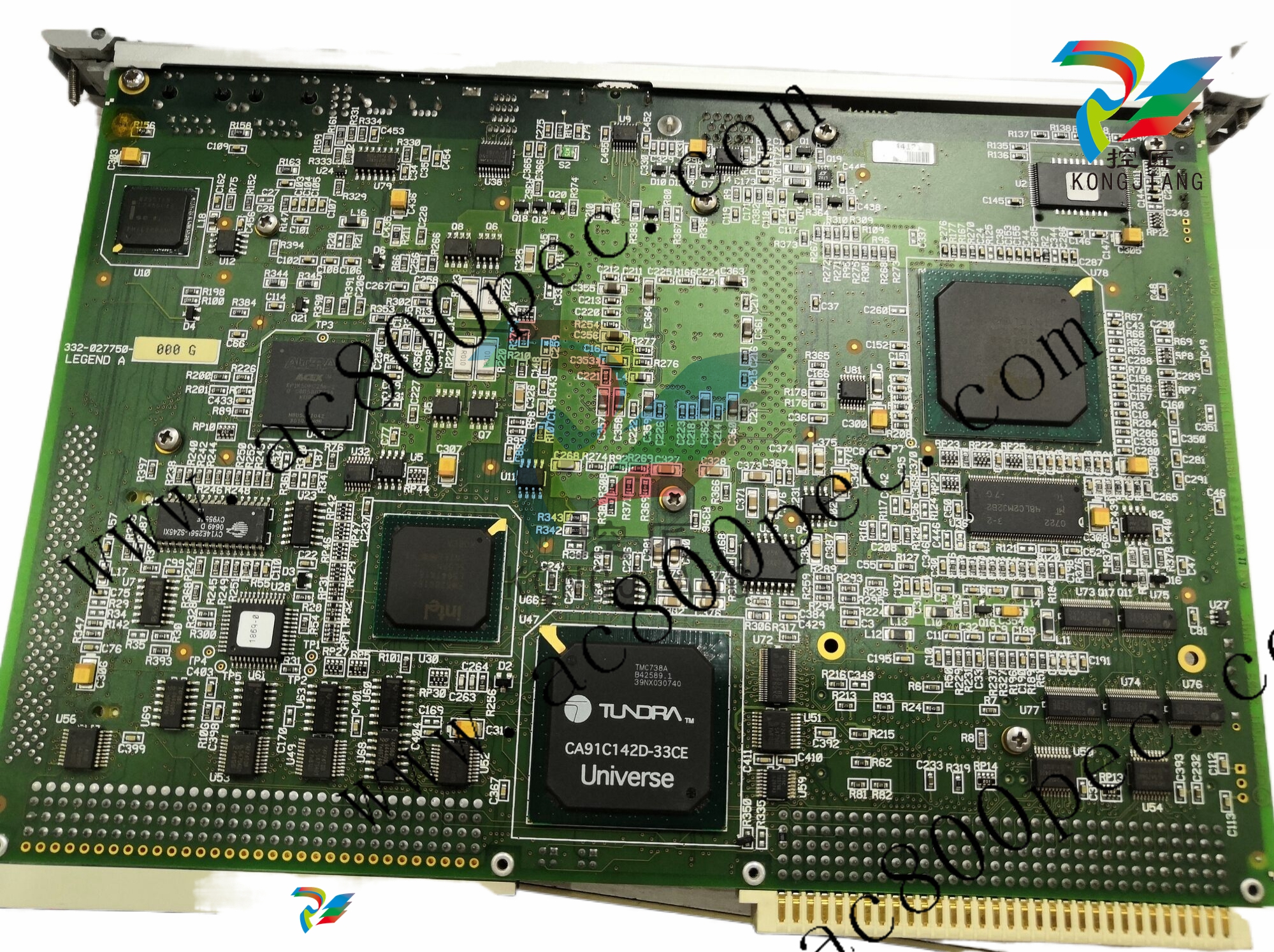
EMERSONM-series Virtual I/O Module 2
Non-intrusive DeltaV™ I/O simulation
Powerful integration solution
Easy to use
Modular, flexible packaging
Introduction
The DeltaV M-series Virtual I/O Module 2 (VIM2)
provides nonintrusive simulation of the DeltaV Mseries I/O Cards and digital bus field devices for
process simulation when used with MYNAH
Technologies’ MiMiC Simulation Software. DeltaV
Control strategies and system configurations can be
fully tested with this powerful simulation interface.
The VIM2 also provides an interface to Ethernet I/O
networks and devices that use the Modbus TCP/IP
or Ethernet/IP protocol drivers. DeltaV M-series
controllers can read and write signals from plant
floor devices connected to Ethernet I/O networks
such as PLC’s, Motor Control Centers, and Weigh
Scales.
Benefits
Non-Intrusive DeltaV I/O simulation. Use the VIM2
in conjunction with the MYNAH Technologies’ MiMiC
Simulation Software to simulate your DeltaV M-Series
I/O and digital bus field devices.
Supports DeltaV I/O modules. Provides completely
non-intrusive simulation of all DeltaV M-series I/O
Modules. Supports autosensing of I/O and accurate
testing of controller loading. DeltaV configuration can
be fully tested without modifying the control
strategies.
Digital bus support. Provides simulation of all
DeltaV Digital Busses and Foundation Fieldbus
function blocks. Supports Foundation Fieldbus control
in the field configuration testing.
Powerful simulation solution. Provides full
simulation of up to 64 DeltaV I/O modules per
controller. Simulation execution is fast and efficient;
the DeltaV controller thinks it’s talking with real IO.
Powerful integration solution. Use the VIM2 in
conjunction with the MYNAH Ethernet I/O drivers to
integrate your DeltaV system with your Ethernet I/O device
networks.
Large device capacity. Each VIM emulates four
DeltaV Serial Cards and support up to 128 Serial
Card Datasets of information from 32 network devices
in simplex installations and 16 devices in redundant
installations. Communication over the Ethernet I/O
device network is fast and efficient.
Flexible networking. User configurable IP
addressing allows the VIM2 to be used in almost any
plant environment regardless of networking scheme.
The VIM2 and the Ethernet I/O devices must be on
the same IP subnet to communicate.
1:1 Redundancy. Redundancy can be added to any
Ethernet I/O system by adding a second VIM2 and
configuring the two cards as a redundant pair. The
VIM2 appears as four redundant DeltaV Serial Card
pairs. Automatic switchover of primary to standby
cards is handled like the DeltaV Serial Card. The
operator is given clear notification of a switchover at
the operator display. Manual switchover can be
controlled in DeltaV Diagnostics.
Easy to use. The VIM2 is easy to use and well
integrated into the DeltaV system. Specific ease of use
features include:
Automatic updates. Simulation I/O driver updates for
the VIM2 are included with the MiMiC software
releases. Updates are quick and easy over the
simulation network.
Seamless Ethernet I/O integration. When used with
the MYNAH Ethernet I/O drivers, the VIM2 is seen by
the DeltaV M-series controller as four DeltaV Serial
Cards. Commissioned VIM2s are auto-sensed by the
DeltaV controller as DeltaV Serial Cards.
Configured in DeltaV Explorer. Serial dataset
configuration used for Ethernet I/O integration is done
in the DeltaV Explorer in the same manner as a
DeltaV Serial Card. Ethernet I/O signals can be used
in DeltaV Control Modules, displayed on DeltaV
Operate graphics and stored in the DeltaV
Continuous Historian.
Intuitive setup. The VIMNet Explorer application
provides plug-n-play capability making setup of the
VIM2 easy and intuitive. Graphical, drag-n-drop,
functionality makes setting up multiple VIM2s almost
effortless. VIMNet Explorer is integrated with DeltaV
Explorer to make setup of the VIM2 easy and intuitive.
Modular, flexible packaging. The VIM2 mounts in the
same manner as the DeltaV controller. It mounts in the
controller slot of a DeltaV 2-wide horizontal or 4-wide
vertical carrier and uses a standard DeltaV Power Supply.
The advanced design of the VIM2 will provide years of
uninterrupted use
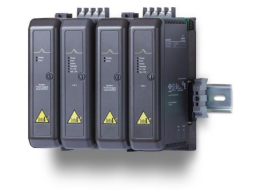
Product Description
The VIM2 may be used for either DeltaV I/O simulation or
Ethernet I/O device integration. The VIM2 mounts on a 2-
wide horizontal or 4-wide vertical carrier on the left-handside of the DeltaV controller. A dedicated DeltaV power
supply is required.
IO Simulation When used with MYNAH’s MiMiC
Simulation Software, the VIM2 supports I/O simulation all
DeltaV M-series I/O cards including classic IO, Foundation
Fieldbus, ProfibusDP, DeviceNet, ASi-bus and Serial.
MiMiC Simulation Software provide dynamic simulation for
DeltaV system software acceptance testing and operator
training. The MiMiC software works by simulating the
DeltaV I/O. It also simulates field devices using
Foundation Fieldbus, ProfibusDP, DeviceNet and AS-i
buses. In order for MiMiC to do this, the real I/O cards are
disconnected from the control system. The MiMiC driver
writes to the I/O subsystem of the DeltaV controller.
Process models in MiMiC simulate realistic process
reactions to control system output signals.
Each process controller being simulated uses one MiMiC
Dataset. A MiMiC server can have up to 32 datasets or
ports. Each dataset can support up to 4000 MiMiC
simulation tags.
The I/O simulation driver is provided with the VIM2
hardware, pre-loaded in the VIM2. The MiMiC Simulation
Software must be purchased separately from MYNAH
Technologies. Technical support for the MiMiC Simulation
Software and I/O simulation driver is provided by MYNAH
Technologies.
Ethernet I/O Integration When used with the MYNAH
Ethernet I/O drivers, the VIM2 can communicate with
high-speed Ethernet networks over Modbus TCP or
Ethernet/IP. When the VIM2 is configured with the
appropriate Ethernet I/O driver, the DeltaV Controller autosenses a commissioned VIM2 as four DeltaV Serial Cards.
In simplex installations these cards will be sensed in
slots 57-60 or 61-64.
In redundant installations the redundant pairs will be
sensed in slots 57 to 64.
Configuration of the I/O signals from the commissioned
VIM2 is done in the DeltaV Explorer in the same manner
as a DeltaV Serial Card.
VIMNet Explorer. The VIMNet Explorer utility allows the
user to commission the VIM2, setup primary and
redundant VIM2s, and the Ethernet I/O network. The user
is able to specify the IP address, Subnet Mask, and
Gateway of each VIM2 and set the node address and
names of each Ethernet I/O device that is used by the
VIM2. The VIMNet Explorer is also used to flash upgrade
a VIM from one version of a driver to another or to replace
an existing driver type with another. Only one Ethernet I/O
driver may be loaded in the VIM2 at one time.
The VIMNet Explorer application must run on a
workstation that has network connectivity to the Ethernet
I/O network. This may be a DeltaV workstation with the 3rd
network interface card (NIC) connected to the Ethernet I/O
network or may be a non-DeltaV workstation. The VIMNet
Explorer runs on the MS Windows XP or Windows 7
operating system and has an intuitive, graphical user
interface. Connection to the VIM2 is done through the RJ45 Ethernet Connection on the bottom of the VIM2.
The VIMNet Explorer software installation file for the VIM2
is available on a DeltaV v12 and later workstation and on
the DeltaV v12 and later software installation DVD. The
VIMNet Explorer software installation file is also provided
with the purchase of a MYNAH Ethernet I/O driver.
VIM Redundancy. Two VIM2s can be setup as a
redundant pair for installations that require backup
Ethernet I/O networks. Each VIM2 will be installed on its
own 2-wide carrier, with its own power supply to the left of
the DeltaV Controller.
The active and standby VIM2s monitor each other with a
continuous status command using the redundancy link
cable supplied with each redundant pair. The active VIM2
communicates over the network to the Industrial Ethernet
device and the standby sends an intermittent signal to the
device to maintain communication integrity.
The Ethernet I/O drivers are not provided with the VIM2
hardware; they must be purchased separately from
MYNAH Technologies. Technical support for the Ethernet
I/O drivers is provided by MYNAH Technologies.
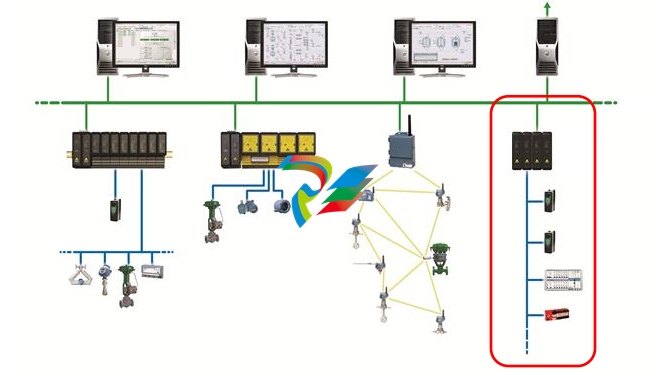
Supported Industrial Ethernet
Protocols
Modbus TCP/IP The VIM2 with the Modbus TCP/IP
Master Driver supports the following Modbus
communications protocol function codes to read and write
values to and from a Modbus slave device, as specified by
the Modbus Application Protocol Specification from
Modbus-IDA.org.
The VIM2 Modbus TCP/IP Driver supports the following
Modbus function codes:
Code 1 - Read Coil Status
Code 2 - Read Input Status
Code 3 - Read Holding Registers
Code 4 - Read Input Registers
Code 5 - Force Single Coil
Code 6 - Preset Single Register
Code 8 - Diagnostic Loop Back Test
Code 15 - Force Multiple Coils
Code 16 - Preset Multiple Registers
The VIM2 can function as both a Modbus TCP/IP master
and slave simultaneously. Master or slave mode is set at
the virtual port level. In master-only mode, this driver can
communicate with a maximum of 32 slave devices.
Systems that use both master and slave mode can
communicate with a maximum of 16 slaves and 16
masters at the same time. The master and slave capability
is available in simplex implementations only. In redundant
applications, only master mode is supported.
Ethernet/IP The VIM2 with the Ethernet/IP Scanner Driver
provides the following compatible functions using the
Control and Information Protocol (CIP) as defined in the
Ethernet/IP Specification from Open DeviceNet Vendor
Association and ControlNet International.
The VIM2 Ethernet/IP Scanner Class Driver provides:
Ethernet/IP Scanner Class (originator)
functionality
UCMM (unconnected) messaging client and
server Class 3 (connected) messaging client and
server, including encapsulated DF1 message
Class 1 (I/O) connection client and server
DeltaV Licensing Guidelines
DeltaV Software Licensing Requirements (DST count) will
be impacted by DeltaV Module configuration use of VIM2
registers in the same way as Serial Card registers. The
following guidelines can be applied:
A DeltaV Serial Card data set can contain up to 100
values (a value can be any Boolean, 8-bit or 16-bit
number), and up to16 data sets are supported by
each of the 2 ports on the serial card. If the data set
registers are configured as floating point or 32-bit
values, then the maximum value is 50. However, the
serial device, in general, limits the total capacity of the
interface.
Each data set counts as one DST as long as a single
module references all values in the data set. If
multiple modules reference values in a data set, then
the DST count for the data set is equal to the number
of modules referencing the data set.
Values used in modules containing control function
blocks will be counted as Control DSTs.

